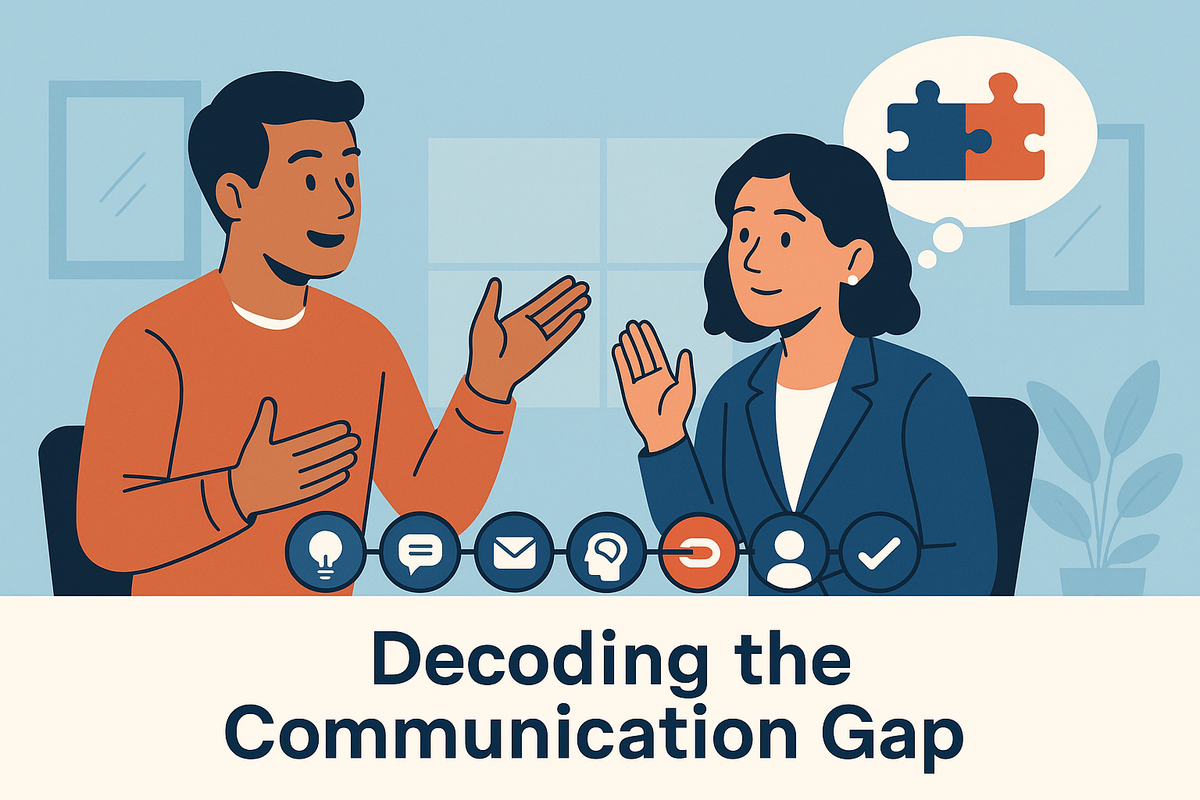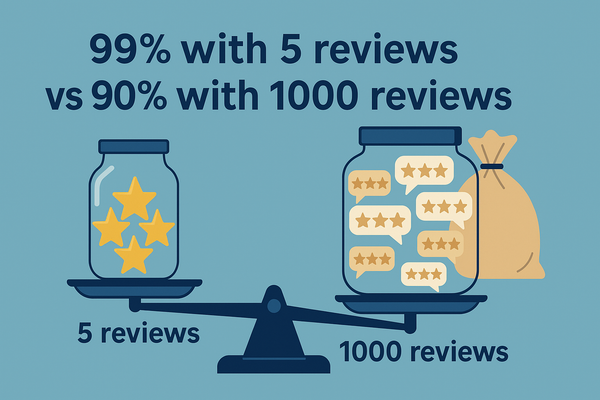Why They Nod But Don't Act: Decoding the Communication Gap

Have you ever clearly explained your viewpoint, watched the other person nod in apparent agreement, and then discovered—hours or days later—that nothing changed?
I've experienced this many times, and it taught me an important lesson: communication isn't a single-step process. For words to drive action, they must successfully navigate a six-step journey.
The Six Steps of Communication
- Thought Formation: A thought forms clearly in the sender’s mind.
- Encoding: The sender translates that thought into a message (words, slides, sketches).
- Transmission: The message travels through a chosen channel (email, meeting, phone call).
- Decoding: The receiver interprets the message, converting symbols into their own mental representation.
- Thought Formation (Receiver): The receiver forms their own thought or opinion based on this interpretation.
- Action: The receiver acts—or consciously decides not to act—based on that thought.
Any link in this chain can break down. However, when steps 1–3 are solid and the listener is competent, the weak point is usually step 5: the mental picture in their head doesn't match yours. Sometimes people nod along simply to avoid conflict or because partial understanding feels "good enough." Other times, they fully grasp your idea but still choose a different path because it better aligns with their own goals or incentives.
Alignment is challenging because goals and incentives are often fuzzy, and there's no single metric to measure alignment precisely. Additionally, cognitive biases frequently distort the receiver's interpretation. Common biases include:
- Confirmation Bias: Paying attention only to information that confirms existing beliefs.
- Loss Aversion: Being more sensitive to potential losses than equivalent gains.
- Social Desirability Bias: Giving socially acceptable responses even if they don't reflect true beliefs.
To influence effectively, we must go beyond merely broadcasting facts. Instead, we should:
- Start with their goals: Understand what success looks like from their perspective.
- Choose resonant encoding: Use stories for narrative-minded listeners, data for analytical thinkers, and social proof for those sensitive to status.
- Select impactful channels: Consider whether an agenda-setting email, informal hallway chat, or formal meeting in front of respected peers will carry the most weight.
- Maintain alignment through feedback loops: Regularly ask clarifying questions, hold weekly check-ins, or create side bets (such as money, reputation, or future favors) that align their interests with your success.
Communication translates into influence only when the idea in your mind successfully completes all six steps and emerges—intact and motivating—in someone else's mind.




